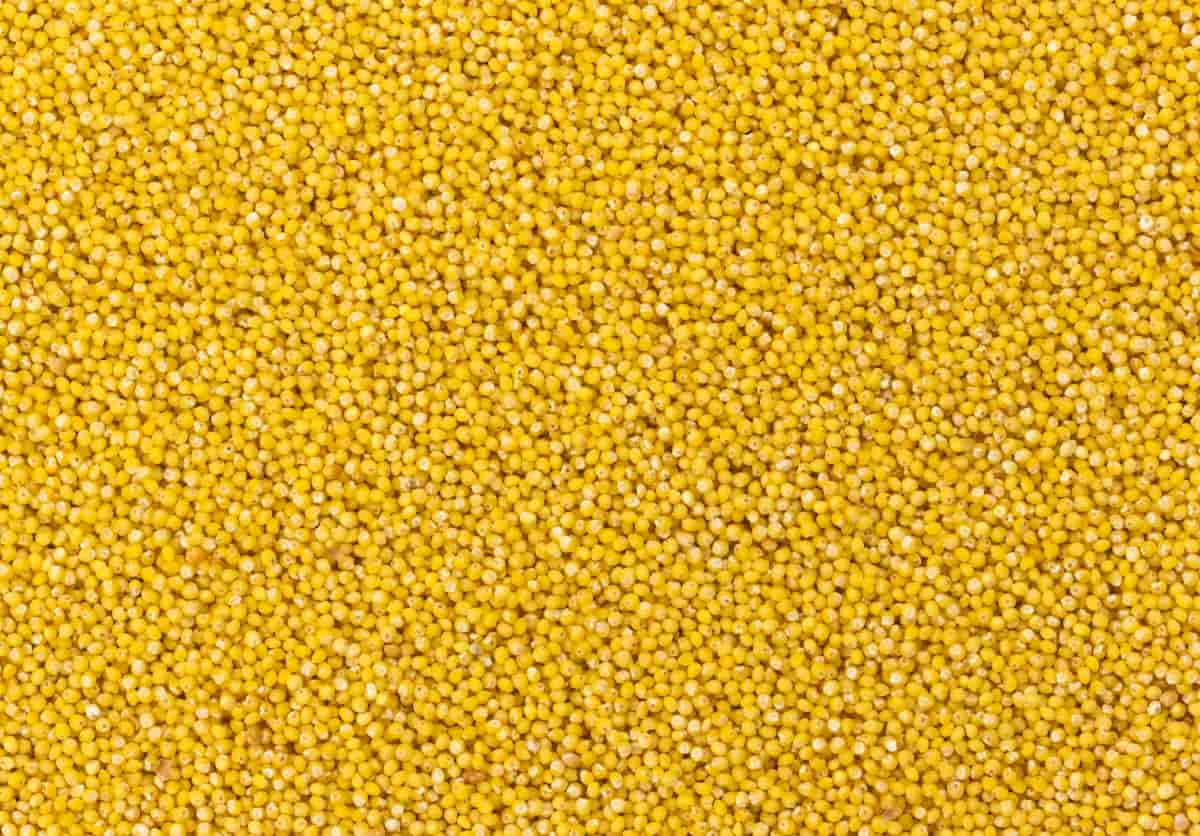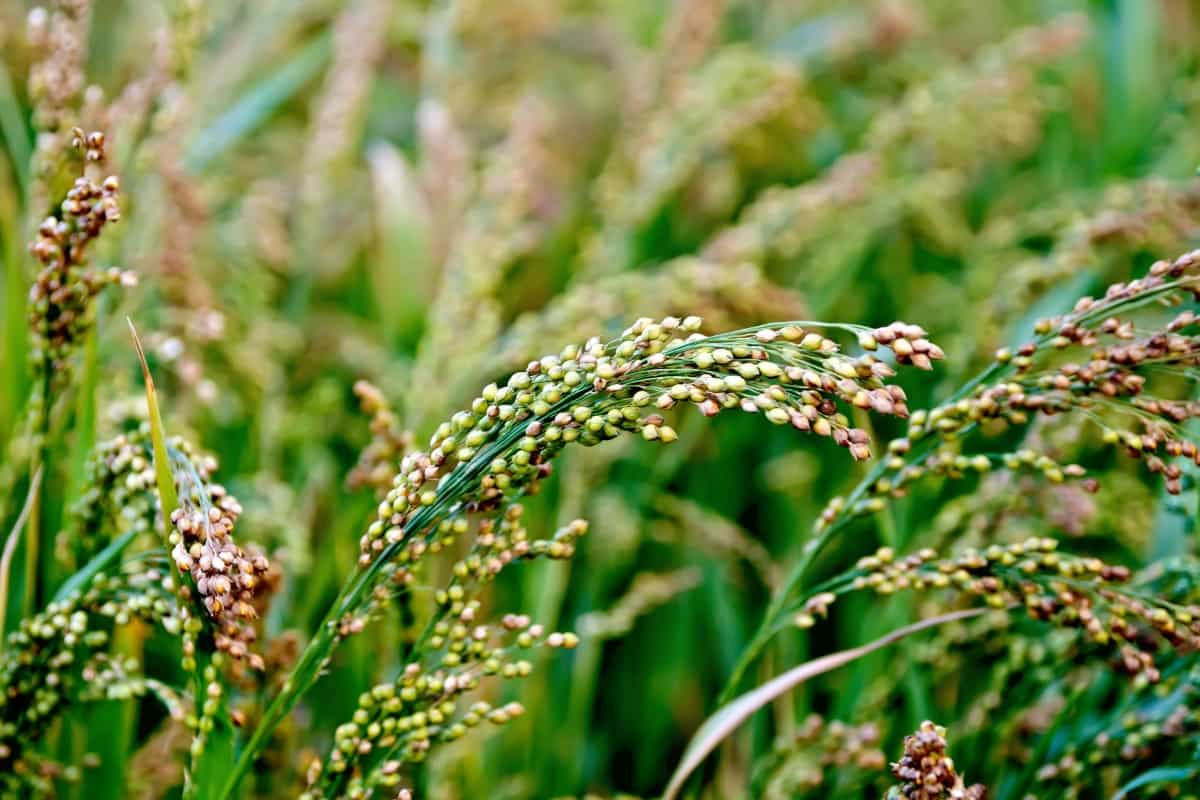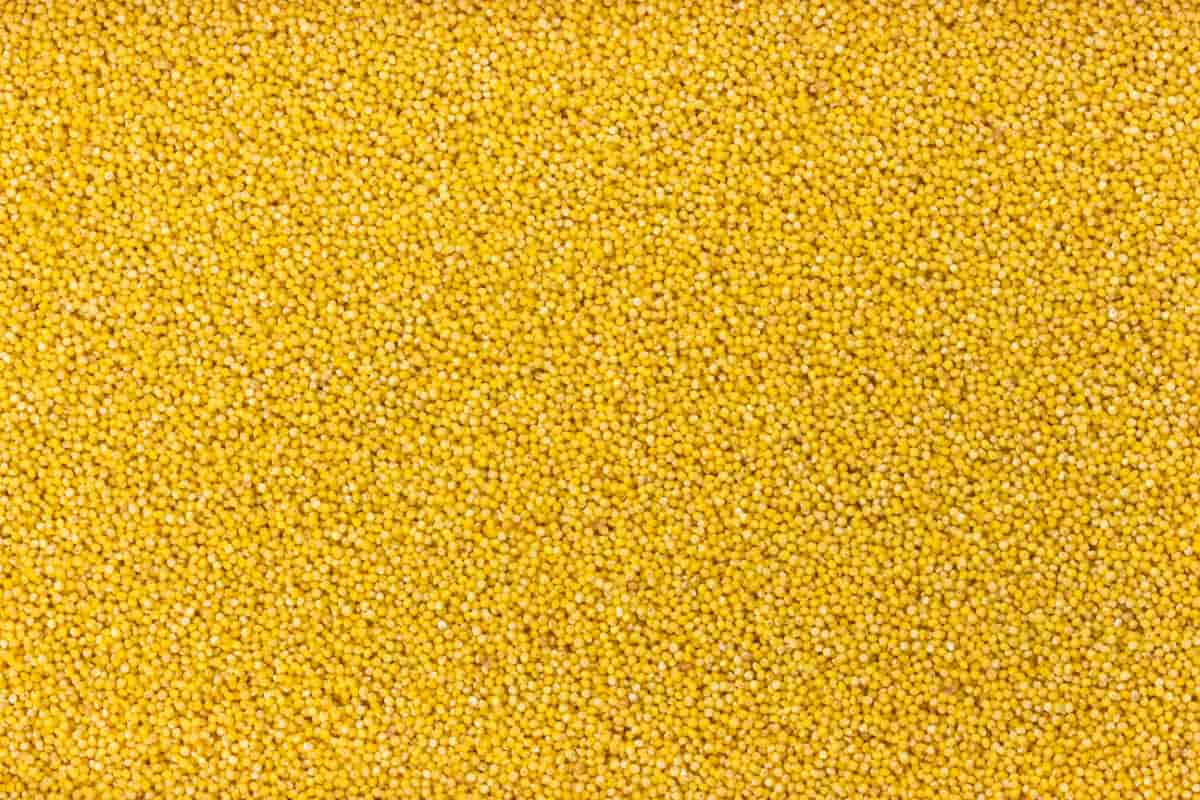The economics of 1-acre little millet cultivation holds immense potential for profitability. Little millet, a nutritious grain, is gaining popularity due to its health benefits and versatility. This study explores the financial viability of cultivating little millet on a small scale. By examining factors such as input costs, yield, market demand, and pricing, we aim to provide insights into the profitability of 1-acre little millet cultivation and its potential as a lucrative enterprise.

Project Report of Little Millet Cultivation
A Beginner’s Guide to Little Millet Cultivation
Little millet, a cereal similar in growth pattern to proso millet but smaller in size, is an annual herbaceous plant. It typically grows upright or with folded blades, reaching heights of 30 centimeters (12 in) to 1 meter (39 in). The leaves are linear, occasionally hairy, with membranous, hairy ligules. Little millet’s panicles vary from 4 to 15 cm (1.6 to 5.9 in), characterized by awns that are 2 to 3.5 mm (0.079 to 0.138 in) long. The smooth and round grains have a length of 1.8 to 1.9 mm (0.071 to 0.075 in).
Market and Demand for Little Millet
Based on data from the Ministry of Agriculture and Farmers Welfare, India’s annual millet production reaches approximately 12 million MT. Over the past five years leading up to 2020, the country’s millet exports have consistently grown around 3 percent CAGR (Compound et al.). Little millet is classified as a minor millet among the various millets grown in India.
A report by Mordor Intelligence indicates a significant surge in demand for millet-based products, particularly in the Asia-Pacific and Africa regions, which is expected to drive the millet market forward. However, the expansion and consumer demand for minor millets face challenges, including difficulties in processing.
To address this, interventions can be implemented to enhance access to processing facilities for value chain participants and consumers. Increasing the availability of processed millet products is crucial in stimulating consumer demand. Nevertheless, it is imperative to ensure the quality of these products, emphasizing the need for standardized production and the development of food technology to enhance millet’s quality and appeal to consumers.
Best High-Yielding Variety for Little Millet Cultivation
Proso millet varieties grown in different states of India include Kutki 1 (BL-6), OLM 203, OLM 208, OLM 217, DHLM 36-3, DHLM 14-1, Jawahar Kutki 4 (JK 4), JK 8; JK 36; JK 137; Paiyur 2, TNAU 63, CO 3, CO 4, K1, GNV-3, GV 2, GV 1, Phule Ekadashi (KOPLM 83). These varieties are cultivated in states such as Odisha, Chhattisgarh, Madhya Pradesh, Andhra Pradesh, Telangana, Tamil Nadu, Karnataka, Gujarat, Maharashtra, and Jharkhand.
Best Package and Practices for Little Millet Cultivation/Farming
Climate: Little millet, native to Southeast Asia, is cultivated throughout India. It can withstand both drought and waterlogging conditions. It can be grown at elevations up to 2000 meters above mean sea level.
Varieties and Cultivation States: Little millet is grown in several states of India, including Madhya Pradesh, Odisha, Jharkhand, Uttar Pradesh, Chhattisgarh, Tamil Nadu, and Karnataka.
Seed Rate and Treatment: The recommended seed rate for little millet is 6-8 kg/ha for line sowing and 10-12 kg/ha for broadcasting. Seed treatment with Ceresan at a rate of 3 g/kg of seed and seed inoculation with Agrobacterium radiobacter and Aspergillus awamori can improve seed yield.
Sowing Time and Season: For Kharif cultivation, June to July is suitable. Little millet can also be sown in certain regions during September-October as a Rabi crop.
Method of Sowing: Little millet can be sown using either broadcasting or line sowing methods.
Spacing: Recommended spacing for little millet cultivation is 22.5 cm between rows, 8-10 cm between plants and a sowing depth of 3 cm.
Manures and Fertilizers: Applying 5-10 tons/ha of farmyard manure (FYM) about a month before sowing is beneficial. A fertilizer dose of 40 kg N, 20 kg P2O5, and 20 kg K2O per hectare is recommended. The fertilizer ratios vary by state, with different recommendations for Andhra Pradesh & Telangana, Bihar and Odisha, Tamil Nadu, and other states.
In case you missed it: 1-Acre Pearl Millet Cultivation Profit and Cost: Production Economics and Farming Project Report

Water Management: Little millet requires a minimum of 3 to 4 irrigations for good plant stand and optimum yield. In areas with limited water availability, irrigations can be applied 30-40 days after sowing and during the seed-filling stage.
Weed Control: Grassy weeds such as Echinochloa colonum, Setaria glauca, and Cynodon dactylon, as well as broad-leaved weeds like Celosia argentia and Solanum nigrum, are common in little millet fields. Two inter-cultivations and one-hand weeding are necessary for effective weed control. Post-emergence herbicides like 2,4-D sodium salt and pre-emergence sprays of Isoproturon can also be effective.
Inter-cropping and Cropping Sequence: Different inter-cropping combinations and sequences are practiced in various states. For example, in Orissa, little millet is intercropped with black gram, while in Madhya Pradesh, it is intercropped with sesame, soybean, or pigeon pea. In South Bihar, little millet is followed by niger in the cropping sequence.
Pest Management: The shoot fly is the most significant pest affecting little millet, and early sowing with the onset of monsoon is an effective control measure. Stem borers can be managed by applying Carbofuran 3G during field preparation, while termites can be controlled with Methyl parathion dust. Grain smut is a potential disease, and pre-sowing seed treatment with hot water or fungicides like Thiram or Carboxin can help control it.
Harvesting Time: For Kharif season cultivation, little millet is harvested from September to October, while for Rabi cultivation, harvesting takes place from January to February at maturity.
Cost of Cultivation for 1-Acre Little Millet Cultivation/Farming
The components included in the cost of cultivation are seeds, fertilizers, manures, irrigation, labor, machinery, pesticides, land rent, electricity, transportation, and miscellaneous expenses.
| Components | Cost (INR) |
| Land preparation | 500 |
| Seeds | 800 |
| Seed treatment | 100 |
| Fertilizers (NPK) | 1500 |
| Farmyard manure | 800 |
| Irrigation | 500 |
| Weeding | 400 |
| Pest management | 300 |
| Harvesting and threshing | 300 |
| Miscellaneous expenses | 500 |
| Total | 6000 |
Total Returns and Net from 1Acre Little Millet Cultivation/Farming
- Minimum yield: 9 quintals
- Maximum yield: 13 quintals
- Price per quintal: 2009 INR
- Cost of cultivation: 6000 INR
Now, let us calculate the net return for each yield scenario:
- For the minimum yield of 9 quintals: Total production = 9 quintals Total revenue = 9 quintals * 2009 INR/quintal = 18081 INR Net return = Total revenue – Cost of cultivation = 18081 INR – 6000 INR = 12081 INR
- For the maximum yield of 13 quintals: Total production = 13 quintals Total revenue = 13 quintals * 2009 INR/quintal = 26117 INR Net return = Total revenue – Cost of cultivation = 26117 INR – 6000 INR = 20117 INR
- Therefore, the net return for little millet cultivation ranges from 12081 INR to 20117 INR per acre.
Challenges and Risks in Little Millet Cultivation/Farming
Challenges and risks in little millet cultivation include susceptibility to pests and diseases, limited availability of improved varieties, fluctuating market prices, weed competition, and the need for proper water management and weed control practices.
Quick Facts About the Little Millet Cultivation
Little millet cultivation on one acre can yield an average of 500-700 kg of grains. It is best to sow little millet during the monsoon season, between June and July. Recommended spacing is 20-25 cm between rows, with a seeding rate of 3-4 kg per acre. Little millet is a low-input crop that benefits from applying organic fertilizers like farmyard manure or compost. Pesticide use is generally minimal or unnecessary, as little millet exhibits good resistance to pests and diseases.
In case you missed it: 1-Acre Foxtail Millet Farming Cost and Profit Analysis: Cultivation Economics and Production Project Report

Conclusion
In conclusion, 1-acre little millet cultivation has the potential for profitability. With proper sowing, spacing, and minimal input requirements, coupled with the relatively high yield of 500-700 kg, farmers can explore little millet cultivation as a profitable venture.
- Feed Your Flock for Less: Top 10 Tips to Save on Chicken Feed
- Ultimate Guide to Ossabaw Island Hog: Breeding, Raising, Diet, and Care
- Hatching Answers: The Top 10 Reasons Your Chickens Aren’t Laying Eggs
- Eggs and Economics: Breaking Down the Cost of Raising Backyard Chickens
- Defend Your Greens: Proven Methods to Keep Iguanas Out of Your Garden
- Ultimate Guide to Cinnamon Queen Chicken: A Comprehensive Guide for Beginners
- Ultimate Guide to California Tan Chicken: Breeding, Raising, Diet, Egg-Production and Care
- Ultimate Guide to Marsh Daisy Chicken: Breeding, Raising, Diet, and Care
- 10 Types of Chicken Farming Businesses You Can Start for Profits